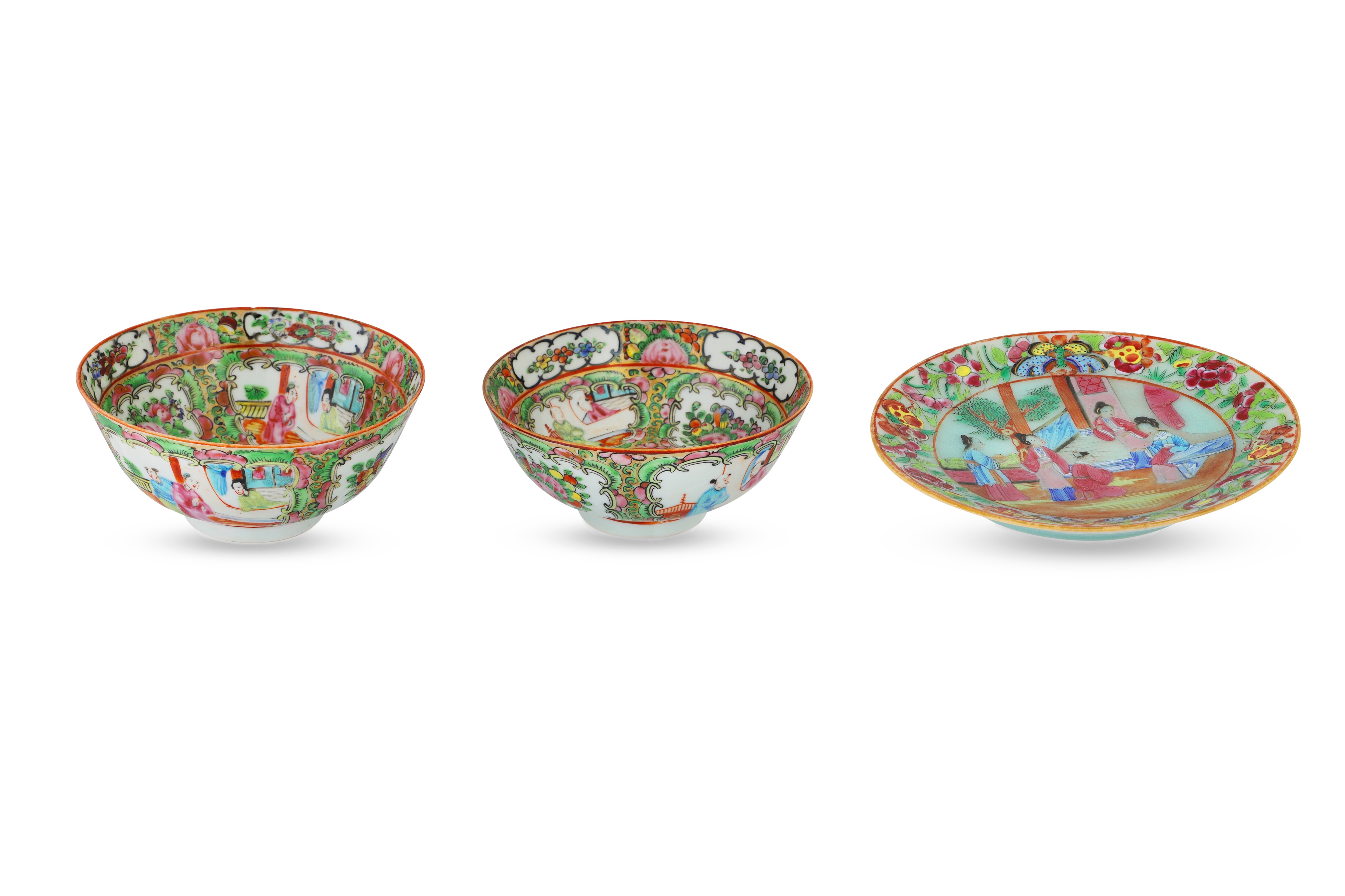Cantonese Pottery
Cantonese pottery is particularly notable in the grand scheme of Asian pottery
06/07/2023 Artworks
Typically, the pottery and ceramics that the West are familiar with is known as ‘China’. This often brings to mind porcelain of a blue and white palette, and is something only used when guests come over. However, Asian ceramics and stoneware go far beyond this generalisation and are an art medium in their own right. For example, even when damage occurs to a ceramic object in Japanese culture, said damage then becomes a piece of the artwork through the repair process of kintsugi, in which the cracks of the pieces glued pack together are painted with gold.

Cantonese pottery is particularly notable in the grand scheme of Asian pottery, as these objects stand out from their counterparts due to their bright colours, very compact compositions, and fine detail in every available space. Another important thing to note about Canton ceramics, is the geographical location of the Guangdong Province in China. In the late 18th to mid-19th century, Canton was the only port city that was open for foreign trading due to commercial restrictions, and what became known as ‘Canton Trade’. This period of trade confines continued until 1841. This meant that the production of Cantonese pottery developed much faster than other areas, and the quality and condition of such objects developed to a higher level at a higher pace. The makers had to be able to customise the aesthetics and shape f the objects at any point to appease foreign buyers and traders.
Differing from the early and more traditional blue and white pottery, beginning during the reign of the Tang dynasty, the colours are rather eye-catching. Typically, Chinese court tradition saw aesthetics fall in favour of monochrome and neutral tones in the stoneware, but this changed with the introduction of the ‘families’ of colour used. The families can be broken up, using the Western translations as Famille jaune, noire, rose and verte.
In this auction, we have a fantastic example of ceramic works from the famille rose category, or the Fencai category. Famille rose ceramics are categorised by their use of pink and green palettes. The large bowl in lot 502 displays panels of people grouped together, separated by groupings of flora and fauna, traditional to Cantonese culture. There is no space of the bowl that is not covered with either enamel, gilding, or paint; as is consistent with the ceramics of Canton. The other items in the lot are also consistent with the famille rose style and portray similar compositions of men and women, along with culturally significant flora and fauna